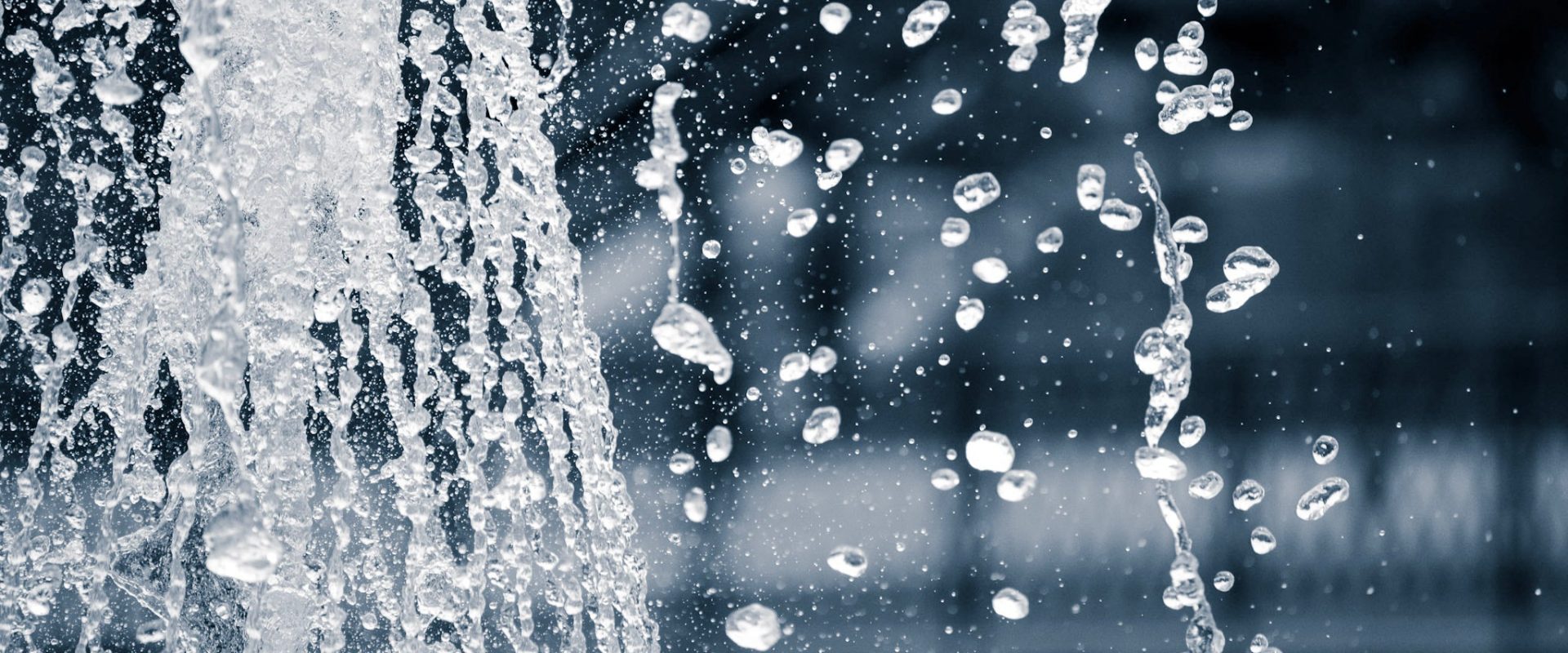Monitoring and Control of Your Water Treatment System – Part 2
Monitoring and Control of Your Water Treatment System - Part 2
Continuous Monitoring
Manual monitoring works fine for systems in which water and plant operating conditions change slowly, but the need for improved reliability and water quality worldwide requires more precision in monitoring and control. Water treatment systems are dynamic in nature and to best ensure achieving the degree of precision needed is the use of continuous on-line monitoring and automatic instrumentation.

Due to technological developments in the last decade in electronics and microprocessor technology, there is a wide range of instruments available to monitor water treatment systems. These include instrumentation used to monitor conductivity, pH, corrosion rate, and many others.
Conductance Monitoring and Control
The specific conductance, or ability to carry an electric current, is directly related to the quantity and mobility of the dissolved solids contained in water. Conductance therefore provides a measurement of the quality of water. Because of this, specific conductance is often used as a monitor for boiler makeup and condensate purity, making it essential in controlling boiler and cooling system blowdown.
Most conductivity measurement systems involve fully immersing two metal electrodes in a liquid in order to complete an electrical circuit. In clean water, the electrodes would complete this task well, but if they are coated by dirt or other contaminants, the current is interrupted.
Microprocessor based instruments combined with sophisticated control modes provide extremely reliable, accurate measurements of temperature compensated conductivity.
The electrode-type probes accompanying these instruments are usually most accurate in the conductance range of 50-8,000 microsiemens. There are special probes made and used for contaminant detection in high-purity water, such as steam condensate or demineralized water, that measure over a range of 1-2,000 microsiemens. Heavy fouling conditions, such as industrial boilers an waste treatment plants, require an electrodeless probe. This kind of probe uses inductance to sense conductivity changes in these liquids.
pH Monitoring and Control
pH measurements are used to determine the depositions and corrosion tendency of water by revealing the hydrogen ion concentration in the liquid. It is extremely difficult to maintain a good pH control, meaning that more and more water treatment systems are replacing manual monitoring methods with continuous monitoring and automatic control systems.
Controllers that measure pH use a lot of the same technology that conductivity controllers do. pH sensors have made great advancements in order to overcome many problems that sensors in the past have had, such as rapid fouling, electrical noise, and environmental interference. Necessary elements that make up pH sensors include a glass pH electrode, reference cell, temperature compensation element, preamplifier, and a sensor body.
Just as for conductance electrodes, pH sensors are available for different conditions. For clean water, such as in cooling towers, a combination pH sensor is used. When the combination sensor is worn out from electrode deterioration, reference junction plugging, and electrolyte depletion, it is discarded. A rugged, modular pH assembly is used in liquids where fouling or chemical attack of glass electrodes is a major problem. This could be in processes like waste systems. This assembly allows for regular maintenance and the replacement of individual components.

